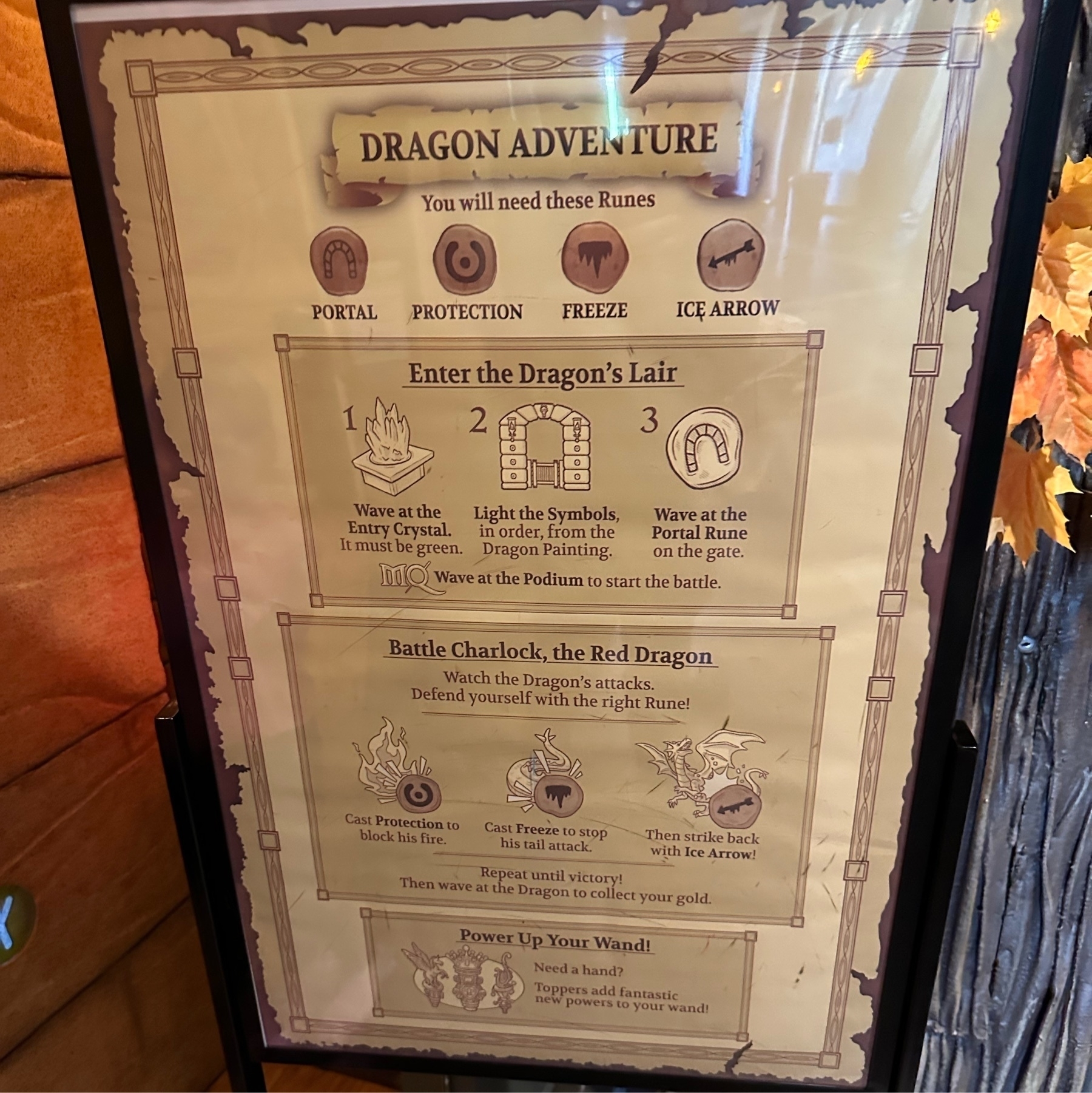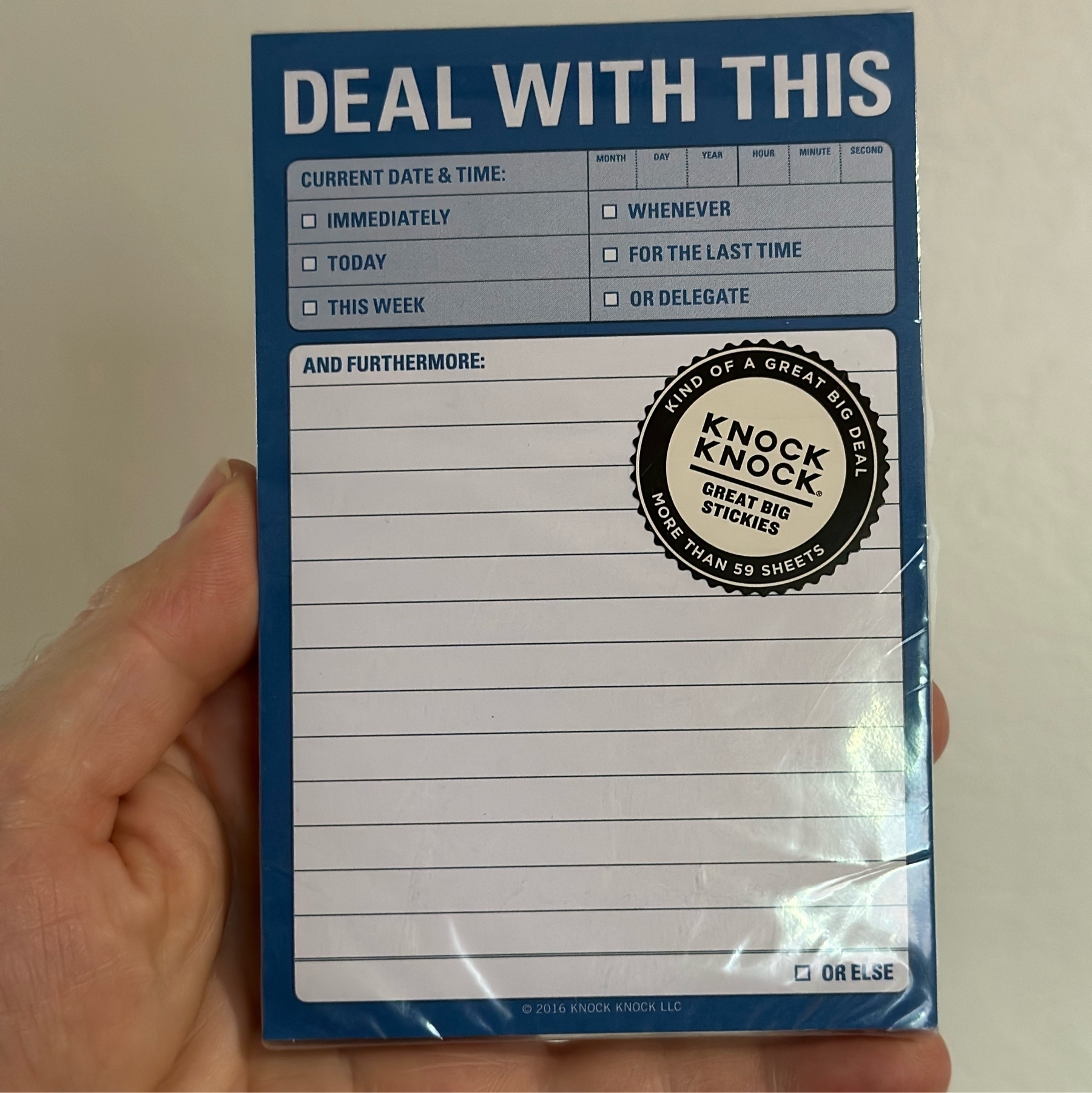cog in the machine
Ok I’m ready share a bit more about my learnings in #AI. Most people are getting it wrong.
Most people are being conditioned by headlines to think of the major use case as a content generation tool.
And, while that is certainly true. It isn’t where the real value lies in the long run. Most content generated by GPT isnt very good. That’s not to say that you can’t get better results by becoming better at “prompt engineering” as the industry is starting to call it.
But that’s the same as learning to be a better googler. You search, then you refine your search with another word, then you -subtract a phrase from the results. And all that just generally gets you CLOSER to where you want to be. It doesn’t deliver you a magic answer to your questions. Google just gives you results that can help inform you to come to your own conclusion. You flip through several points of view and then you are more informed to carry on with your day.
Content generation with AI is pretty similar. If you just take the first draft and post it online, you aren’t creating anything that’s much worth sharing.
But if you use it (with several refinements) as one input to a rough draft. You can probably get to a first draft a whole lot quicker.
But I started this post by saying content generation isn’t where the real value is with AI.
So what is it?
The real value is when it’s used alongside and informed by your data. Applications will be built to help trigger automations that you didn’t have to design in a workflow builder or similar canvas type tool with boxes and arrows. They’ll work a whole lot more like ProfitWell by Paddle ‘s “Retain” service. Where emails are sent automatically by the system at the right moment to lower the churn caused by credit card expiration. It’s a “done for you” service that has in the past been pretty manual. So manual in fact that many companies tend to ignore the problem entirely. I’m not sure that that has any AI component, but imagine a similar leaky business problem and how “just in time detection” and automation could help.
That’s where AI will have the most impact in the short run. At least before we’re all a cog in the machine. 🤖😬
one pagers
See Frank in the photo there. He is in product marketing and just got asked for another one pager. “We need a one-pager for this.” Is that something you hear a lot? (Feeds and Speeds)
If so, it’s really important to get back to basics and understand why people are asking for this. Is it that you haven’t given them a compelling story to tell? Is it that your story isn’t that compelling in the first place?
Start with the basics and make sure your sales reps are able to speak to these questions:
- Why do anything?
- Why now?
- Why you (and not the alternatives)?
If you start there, making the one-pager will be easier for you as you have a story framework to start from BEFORE you get into the feeds and speeds.

Lifetime Value
“They’ll fight over it when you’re dead.”
In a world of subscriptions and SaaS, it’s easy to forget that some of the best products are built to LAST and you pay up front for a lifetime (or many, many years) of value.
I was reminded of this when I ran across a Wirecutter article by the The New York Times called: “What Are the Best Buy-It-for-Life (and Beyond) Products?”
There are many products in my life that I’d put into this category (Le Creuset being one of them).
How do these products stand the test of time? Quality, of course.
But often overlooked is their positioning.
I have many products by Saddleback Leather Co. and they have a clear positioning rooted in lifetime value: “They’ll fight over it when you’re dead.”
That one statement says a lot. And they back it up by describing their process and even made a video about how to knock off their leather bags that throws clear shade on copycats.
What are some other products that are made (and positioned) to last a lifetime?

With all the tools to help people crank out undifferentiated text; it’s probably a good time to double down on video/audio content.
Product Marketing in Reverse
A list of Questions 👇
I’ve found that if you work backwards from what success looks like you will end up identifying gaps in your Go-to-market strategy. Without clear answers to each of the questions starting from the bottom up, it’ll be a tough road ahead. Never skip steps.
- Are customers buying multiple products?
- Are our customers advocates?
- Are customers renewing?
- Are customers expanding their usage?
- Are customers paying/upgrading?
- Are customers happy?
- Are customers putting the product into their production workflows?
- Are customers activating?
- Are customers attempting to set up the product?
- Are customers signing up?
- Are customers “most aware” (exploring our products)?
- Are customers “product aware”?
- Are customers “solution aware”?
- Are customers “problem aware”?
- Are customers completely “unaware” that they have a problem?
Maybe Boston will have some halfway decent tacos now?

Getting internal buy-in for your feature.
#productmanagement #productmarketing

I guess it’s bedtime.

slides don’t sell
No slide deck in the world can help you sell if you can’t do two things:
- Listen: Understand their world before you tell them about yours. Ask human questions (not just BANT) that reveal the real life stakes if things don’t improve. No one wants to be put through the qualification process.
- Tell a compelling story: Tying the company mission back to the old way/new way story is the only way to break through for real buy-in and impact.
Helpers, not chasers.
I guarantee that this is the future of SaaS selling. Good companies have understood that chat as a sales channel on a website should be embraced. Many have already started launching impromptu zoom calls while a prospect is on the site itself. New tools will be introduced to facilitate this.

Documentarians
A company’s memory is typically very short. That’s why you need to build a team of documentarians.
Slack messages drift off the screen, emails get archived. But a company wiki lives on for people who join in one month, one year, one decade. It should be tablestakes to document your workflows, processes, and knowledge. Especially when it comes to product marketing. We touch so many areas of the organization, it’s essential to build a “culture of docs”. Whether it’s in Confluence, Notion, or something purpose built like Tettra… you need to document, document, document.
Seems like a reallly good time for bootstrapped startup innovation.
The night before launch for a product marketer.
#productmarketing

Leadership is not a title.
Leadership means clearing the path.
Leadership means rolling up your sleeves.
Leadership means celebrating wins in public.
Leadership means having your team’s back.
Leadership means supporting your team.
Leadership is not a title.
If you meet with people virtually, it’s important to consider THEIR experience. Are you hard to hear ? I’ve met with people with really nice and fancy webcams that still sound like they are in a tin can. Focus on the audio first. Then the video.
Inside the Slack DM’s of a Product Marketer.
#productmarketing

Thinking about making a coffee table book with the hundreds of these pictures I have.

If it isn’t working…
Are we following the process?
-
If so, change the process.
-
If not, why not?
“Still Open” and “Ready to Ship” are important differentiators in times like these.
Pro tip: Be yourself.